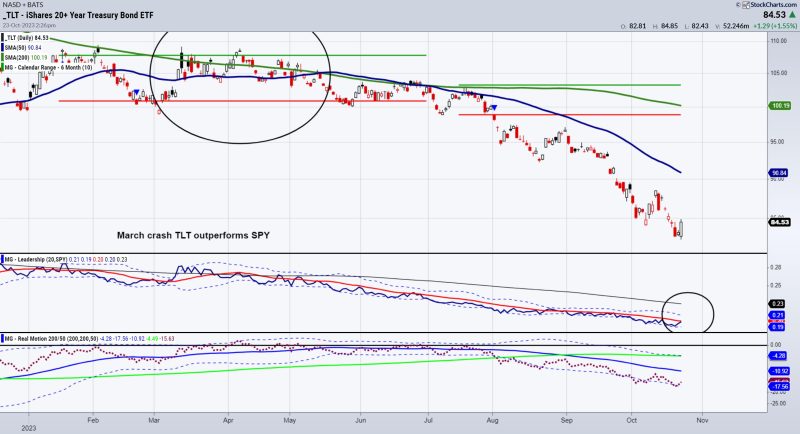Investing in long-term bonds is typically viewed as a conservative and low-risk investing option. Many investors view investing in bonds as a way to maintain their current wealth rather than to grow it. However, this type of investment can be risky and it is important for investors to understand the risks associated with investing in long-term bonds.
When it comes to bonds, there is no such thing as a risk-free investment. Long-term bonds typically have a longer duration and tend to be more sensitive to changes in interest rates than shorter-term bonds. This means that if interest rates rise, the value of the bond will typically fall. If interest rates fall, then the bond will likely increase in value. This makes investing in long-term bonds a riskier proposition than investing in short-term bonds.
In addition, investing in long-term bonds also exposes investors to the risk of inflation. When the rate of inflation rises, the purchasing power of money decreases, and this can have a negative impact on the value of the bond. As such, investors need to understand the effect of inflation on the value of the bond before investing in long-term bonds.
Another risk associated with investing in long-term bonds is the risk of default. This means that the issuer of the bond may not be able to meet its obligations and could default on the principal or interest payments. This risk is mitigated somewhat by the fact that government bonds and corporate bonds are typically rated by agencies such as Fitch and Moody’s, which measure the creditworthiness of the issuer.
Finally, the liquidity of long-term bonds is another risk factor to consider. Liquidity refers to how easily an asset can be converted to cash. Since long-term bonds are not typically traded on exchanges, it can be difficult for investors to quickly and easily convert them to cash if they need to.
In conclusion, investing in long-term bonds can be a viable option for investors looking for a low-risk investment. However, it is important for investors to understand the risks associated with long-term bonds, such as inflation, default and illiquidity, before investing in them. By understanding and accounting for these risks, investors can better position themselves to make informed decisions about their investments.
